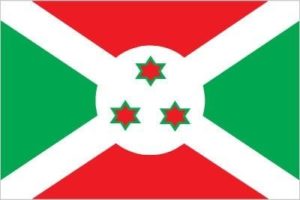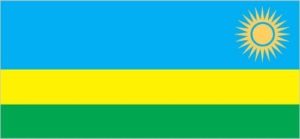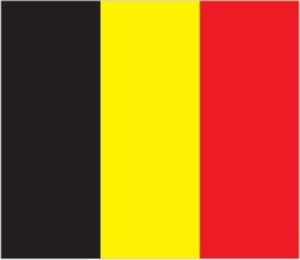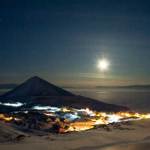
Truman and Diplomats Signing NATO Treaty
North American Treaty was signed in 1949. Twelve nations formed the original North American Treaty Organization: Belgium, Canada, Denmark, France, Great Britain, Iceland, Italy, Luxembourg, the Netherlands, Norway, Portugal, and the United States. Greece and Turkey became members in 1951, and West Germany joined in 1954. Spain joined in 1982. Czechia, Hungary, and Poland became members in 1999. Bulgaria, Estonia, Latvia, Lithuania, Romania, Slovakia, and Slovenia joined in 2004. Albania and Croatia were admitted in 2009. Montenegro became a member in 2017, and North Macedonia joined in 2020. On this day in 2023 Finland became a member. Today NATO has 31 members. The main purpose of NATO is protection; an attack against one member is an attack against all members. Idea: Children could locate these countries on a world map and decide whether all countries benefit equally from this treaty. Children can learn more at: NATO.


 Republic of Rwanda is also about the size of Maryland and is also landlocked. The climate is temperate, and geography is mostly grassy uplands. Subsistence agriculture and mining are the major occupations for the twelve million inhabitants. Kigali is the capital. Children can learn more at:
Republic of Rwanda is also about the size of Maryland and is also landlocked. The climate is temperate, and geography is mostly grassy uplands. Subsistence agriculture and mining are the major occupations for the twelve million inhabitants. Kigali is the capital. Children can learn more at: 
